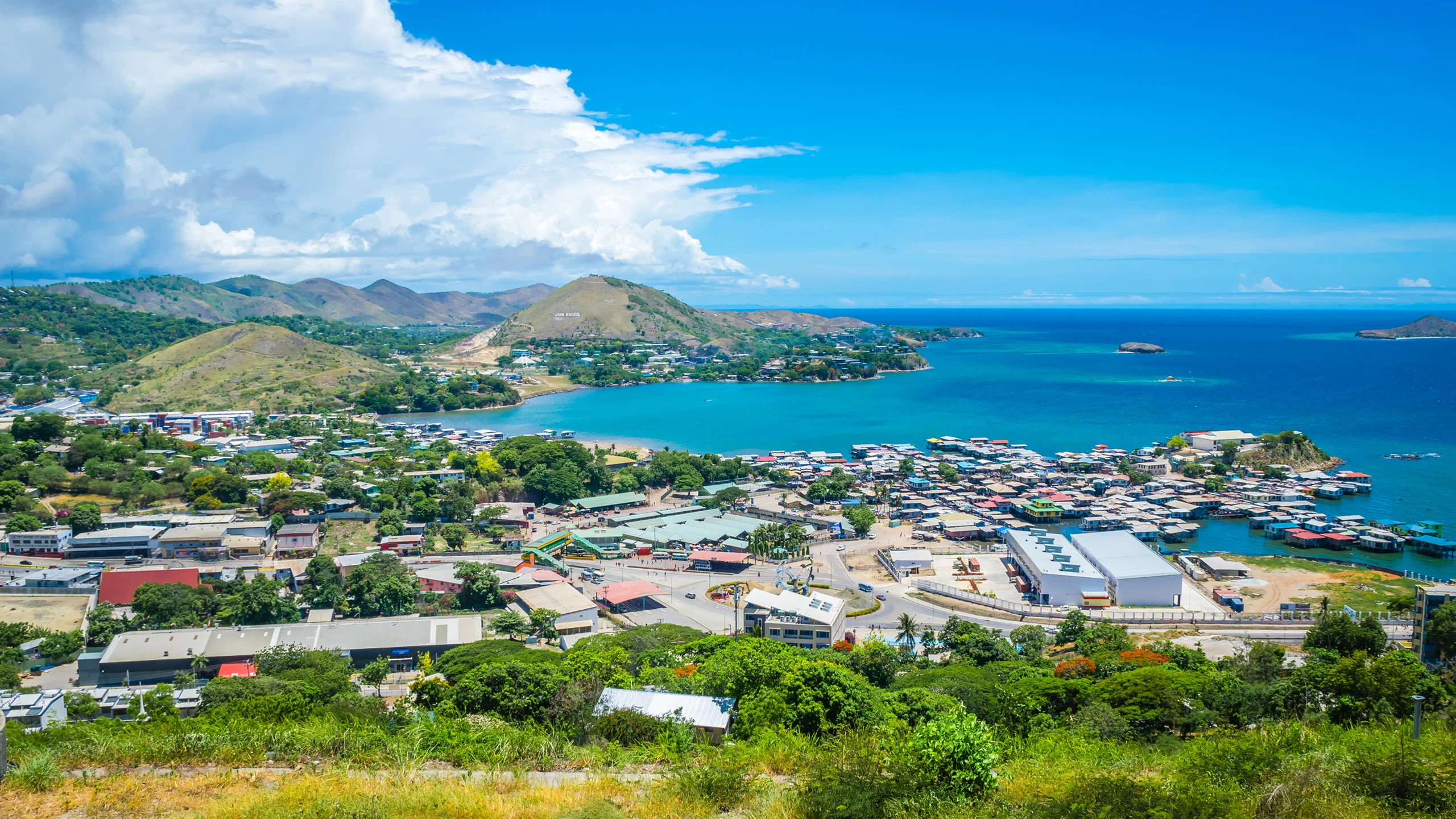Papua New Guinea's Strategic Role in Indo-Pacific Security: A Closer Look
- Giesler LLC
- Aug 21, 2023
- 2 min read

In the heart of the vast and vibrant Indo-Pacific region lies a country that has been capturing the attention of global powers, including the United States. Papua New Guinea, with its rich cultural heritage and stunning natural landscapes, is more than just a tropical paradise. Its strategic significance has drawn the interest of the U.S. military, marking a new chapter in their partnership and cooperation.
The Warming Relationship:
In a groundbreaking move, U.S. Secretary of Defense Lloyd J. Austin III became the first defense secretary to set foot in Papua New Guinea. This historic visit speaks volumes about the strengthening ties between the two nations. The focus of the visit? Implementing vital agreements like the Defense Cooperation Agreement and the Shiprider Agreement. These agreements reflect the U.S.'s commitment to regional peace and stability in an increasingly complex geopolitical landscape.
Strategic Location:
Nestled north of Australia and south of the Philippines, Papua New Guinea's geographical location is a strategic jewel. It serves as a vital crossroads for maritime routes that connect the Pacific to the rest of the world. The country's waters are not only home to significant natural resources but also critical trade routes. This makes Papua New Guinea a key player in maintaining maritime domain awareness and ensuring secure trade pathways—a concern of great importance to the U.S.
Countering Global Challenges:
Papua New Guinea's significance extends beyond trade and geography. As a part of the Indo-Pacific region, it plays a crucial role in addressing global challenges, particularly the rising influence of China. The U.S.'s pivot to the Indo-Pacific emphasizes its commitment to countering these challenges. With China's growing presence in the region, a stable and cooperative Papua New Guinea can help maintain a balance of power.
Building Alliances:
The U.S.-Australia alliance, which has stood strong for seven decades, has evolved into something even more formidable. This evolution is reflected in the deepening collaboration between the two nations, aimed at fostering a free and open Indo-Pacific. Through discussions on capability development, force posture, and network-building, the alliance seeks to contribute to deterrence, stability, and peace in the region.
Exercising Cooperation:
Exercise Talisman Sabre is a shining example of the collaborative efforts between the U.S., Australia, and several other nations. This year is the first time the Papua New Ginea Defense Force (PNGDF) integrated with Australian Forces for this multinational exercise. This exercise showcases the commitment to interoperability and mutual resolve against coercive behavior in the Indo-Pacific.
Papua New Guinea's journey from a tropical paradise to a strategic cornerstone in the Indo-Pacific is a testament to the changing dynamics of global geopolitics. As the U.S. continues to deepen its engagement in the region, Papua New Guinea's importance to the U.S. military remains evident. The relationship between these two nations not only underscores their shared commitment to security but also showcases the vital role Papua New Guinea plays in shaping the future of the Indo-Pacific.
















Comments